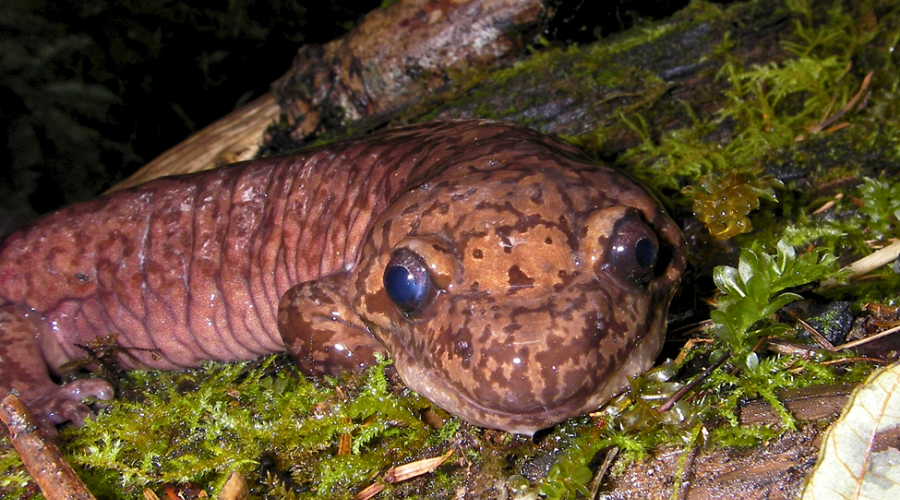In late December, Oregon U.S. Senators Merkley and Wyden announced that Oregon Department of Transportation will receive a $33 million dollar grant to construct a wildlife crossing over I-5 in southern Oregon. As one of the 17 members of the multi-organization Southern Oregon Wildlife Crossing Coalition, Southern Oregon Land Conservancy, meets this announcement with enthusiasm and we want to put the why in wildlife crossing.
Why this location?
The proposed wildlife crossing location is at milepost 1.7, near the Mariposa Lily Preserve. In feasibility studies, the stretch of freeway between the Oregon-California Border and milepost 3 had significant occurrences of wildlife collisions, with rates as high as 32 collisions per mile in a nine-year span. However, this data is limited to documented collisions. A 2021 study estimated that there are two additional collisions for every documented collision.
Many of us are familiar with the utility of I-5 as a corridor for human connectivity, but this area in southern Oregon is also an important region for wildlife connectivity. In 2022, the Oregon Department of Fish and Wildlife finalized a state-wide map of the Priority Wildlife Connectivity Areas, in which the Cascade-Siskiyou Mountains stand out as regionally significant for contiguous wildlife habitat. I-5 bisects this region, and acts as a barrier to the movement of wildlife, preventing their daily and seasonal movements to access food, water, and other critical elements of survival. Making safe passage for wildlife to freely move throughout their range improves their ability to survive and thrive.
Why will wildlife use this crossing?
Wildlife can’t and won’t read billboards encouraging them to use this wildlife crossing. However, the design of the crossing will help facilitate their movement. One simple, but critical piece will be fencing on either side of the freeway to help funnel wildlife to the crossing. The recommended length of the fencing is currently 2.4 miles, and would extend along the section of I-5 with some of the highest documented collisions. The wildlife crossing is meant to mimic the surrounding area with vegetation, seasonal pools, rock piles so wildlife may utilize the crossing without fearing exposure to predators. Some species will take to the crossing quickly, while others need time to adjust. As they learn safe routes through the region, they pass the knowledge on to offspring.
Speaking of predators, will they learn to camp out near the structure for an easy meal? Several studies published between 2010 and 2022 did not find significant evidence that wildlife crossings serve as prey-traps. Creating a crossing that is inviting for a diversity of species while providing them with enough cover can facilitate improved passage.
Why does it cost so much?
Infrastructure is expensive. Infrastructure that lasts is more expensive. The cost of a wildlife crossing include design, permitting, construction labor and materials, fences, backfill, and landscaping. Wildlife crossings are an investment into public safety. The average collision with a deer is $9,000 of direct costs for emergency services, vehicle repairs, and injuries. On average, wildlife collisions also cost an average of two human lives a year in Oregon, and thousands of animal lives.
Why do we care?
Oregonian drivers have a 1 in 180 chance of being in a wildlife collision accident, currently the highest likelihood in west coast states. A wildlife crossing installed near Bend, Oregon saw an 80% reduction of deer collisions within the first year, this significant drop has been reflected in other similar wildlife crossings. Studies also show a well-designed wildlife crossing facilitates the movement of deer, cougar, bear, elk, and countless smaller animals. Wildlife in Montana were recorded using the crossings 146% more often than a random location.
Wildlife crossings continue to show success by many metrics throughout the globe. Wildlife have safe passage to exist without habitat fragmentation and there are fewer vehicle-wildlife collisions, saving people the heartbreak and financial burden of an accident.







